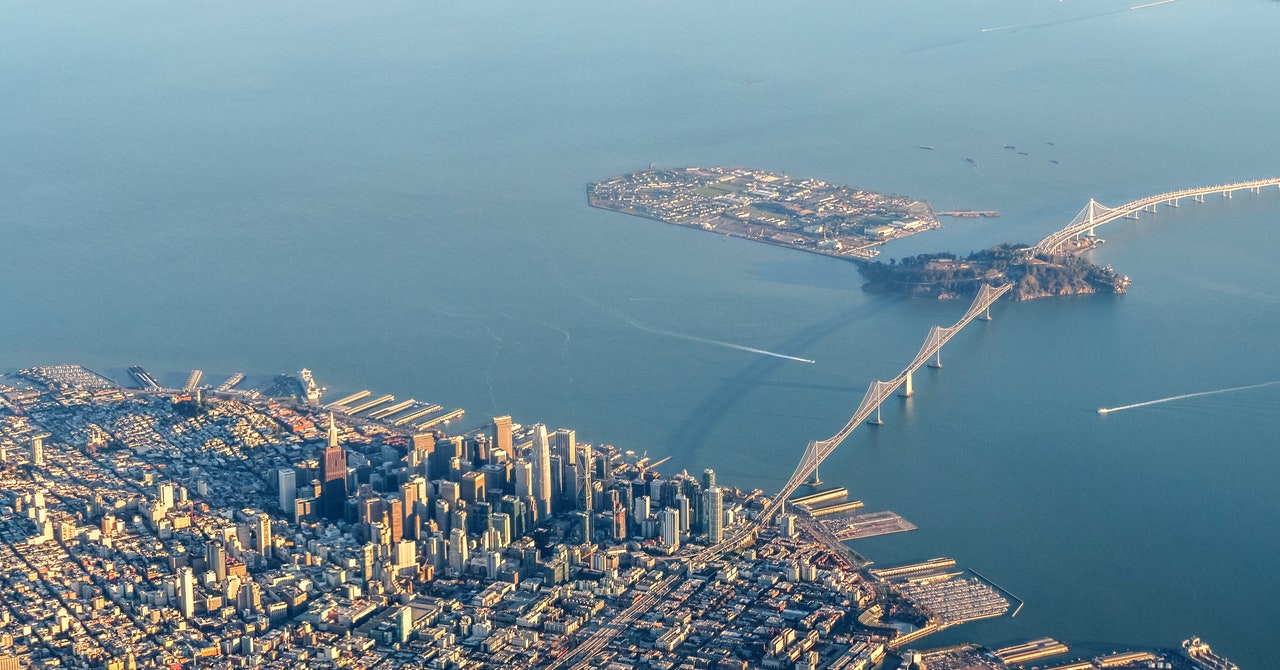
Climate change makes cities more vulnerable to sinking
Land subsidence and sea level rise: The double whammy of sinking cities and rising seas, and how can we prepare for them?
Ohenhen and his co-authors used radar satellite readings to map land subsidence along US coasts. That allowed them to see how land changes over time, and then predict how much further cities can expect to sink in the coming decades. From there, they were able to model the likely extent of future flooding with more accuracy than forecasts that don’t take land subsidence into consideration.
The researchers suggest that cities should prepare for a double whammy. The problem is twofold — sinking cities and rising seas — so solutions have to be twofold, as well.
It is something that is not too far off. And the hazards that we present are very, very realistic,” says Leonard Ohenhen, lead author of the study and a PhD candidate at Virginia Tech. “We really hope that citizens and policymakers alike, every stakeholder in the community discussion, can start thinking about how we respond to these future changes.”
“This represents a large new dataset that will hopefully be useful to these communities for planning their responses to this incoming sea level rise,” says Eric Lindsey, an assistant professor at the University of New Mexico who has studied land subsidence and sea level rise and was not involved in this new paper.
Some causes of land subsidence are natural, but others are human-made — which means steps can be taken to stop the problem from getting worse. Land can sink because ofpumping water, oil, and gas out of the ground. If you don’t do drilling and pumping, the sinking will slow.
You can even reverse some of the damage by replenishing aquifers. The solutions to the problem of land subsidence are available in a short period of time, as evidenced by the work of the Earth Observation and Innovation Lab at Virginia Tech.
The solution to the sea level rise is also related to the greenhouse gas emissions from fossil fuels. levees and sea walls will not be enough. While current defenses are in place, an additional 1,389 square kilometers of land can be threatened by sea level rise.

